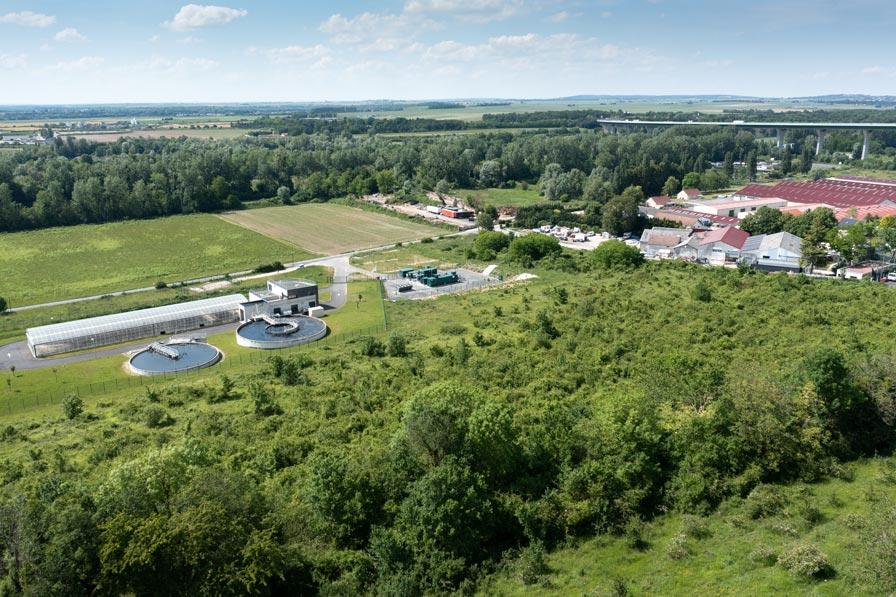Reverse flow rollout: positive momentum

Reverse flow stations are crucial for being able to accommodate renewable gases produced by anaerobic digestion on the transmission network. As things stand, the portfolio of reverse flow projects is expanding with the formalisation of nine additional projects by the French Energy Regulation Commission (CRE). Interview with Fabien Lafitte, Director of the Biomethane Programme and Jean-Marc Le Gall, Biomethane Project Director at GRTgaz.

What is the reason for developing reverse flow facilities?
Jean-Marc Le Gall (JMLG) & Fabien Laffite (FL): With more than 1,000 anaerobic digestion projects at various stages of development, biomethane production involves all of the region’s gas stakeholders. To guarantee safe and reliable outflows for these projects, GRTgaz has to adapt its network. The Right to Injection, implemented in 2020, has established a new regulatory framework that bodes well for the whole sector. It has allowed network operators to implement the necessary strengthening measures. As part of this, GRTgaz was able to expand its reverse flow facilities.
Reverse flow
An action that involves directing surplus biomethane from the downstream distribution network to the upstream transmission network. The flow thus becomes two-directional. Reverse flow allows the production and consumption of biomethane to be spread across the region.
Source: The A to Z of renewable gases
What new reverse flow stations have emerged in 2021?
FL : Reverse flow developments have been moving at pace since the initial stations set up in Noyal-Pontivy (Morbihan) and Pouzauges (Vendée) in 2018. This year, we commissioned two sites: the first of these was Marchémoret in Seine-et-Marne commissioned on 15 June; the second, in Bourges, will be commissioned on 23 July.

We have come a long way since the first reverse flow station and today. These new facilities have undergone a relatively quick industrialisation, and the number of installations has increased. At times, they are used to manage minimum consumptions and the inflow of biomethane production over the summer months. At others, for an annualised operation of zones with low consumption where there is surplus biomethane production. Project installations are carefully designed using local zoning studies carried out in advance.
“Following our zoning studies, the CRE gave its backing to nine reverse flow projects, bringing the total number of projects on our network to 32!”Jean-Marc Le Gall
Biomethane Project Director (GRTgaz)
Are there plans for any new reverse flow projects? Was does this involve for GRTgaz?
JM & LG : Following our zoning studies, the CRE gave its backing to nine new reverse flow projects. This brings the total number of projects on our network to 32! With 32 reverse flow projects underway, GRTgaz confirms its commitment to renewable gases and its capacity to support the expansion of the biomethane sector by combining the rollout of reliable solutions with strategic investments to adapt our network.
As Fabien said, the increase in the number of projects is a very promising sign. The swift industrialisation of the solution is payback for the efforts that the company has made in the field of renewable gases.